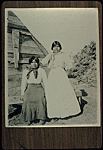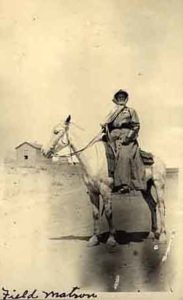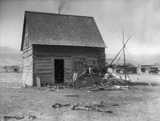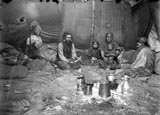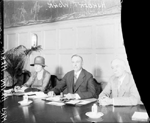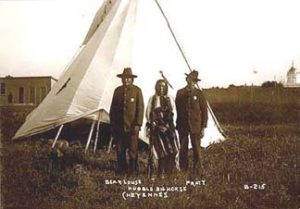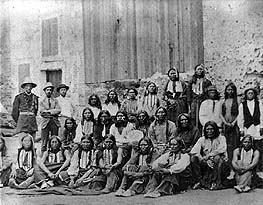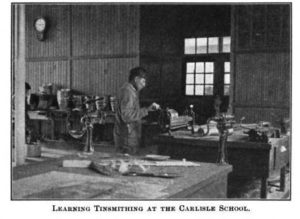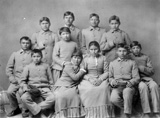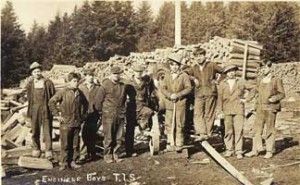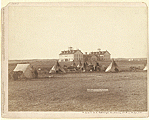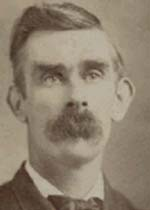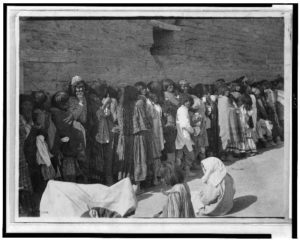In 1928, the Department of the Interior put out a pamphlet entitled “The Social Heritage of the Indian Girl.” Prepared at the request of the commissioner of Indian Affairs, the information in it was an attempt to help the pamphlet’s audience (mainly educators) see that the problematic behaviors of female Indian students had much to do with culture, rather than active misbehavior or backwardness.
What is the Indian girl like? asked the narrator, and went on to list the questions many “interested” parties typically asked about them. Some of these were:
— Why are Indian girls so often silent when they could explain if they would?
— Why can we never depend upon them to do things on time?
— Why are they so slow?
— Why are they always borrowing others possessions and giving theirs away?
— When will they ever learn to reason things out instead of just following their impulses?
To counter these questions, the pamphlet went through each one and gave sometimes patronizing explanations. It explained silence, for instance, by commencing with a hypothetical situation in which a little reservation girl first came to a classroom. When the teacher asked her a question, the little girl couldn’t speak. To think that an important person representing the Great White Father wanted information from her! Instead of replying, the little girl could only hang her head.
Some information contained in the pamphlet was useful, particularly a discussion concerning the importance of the group (clan or tribe), rather than the individual, within Indian society.
________________________________________________________________________


